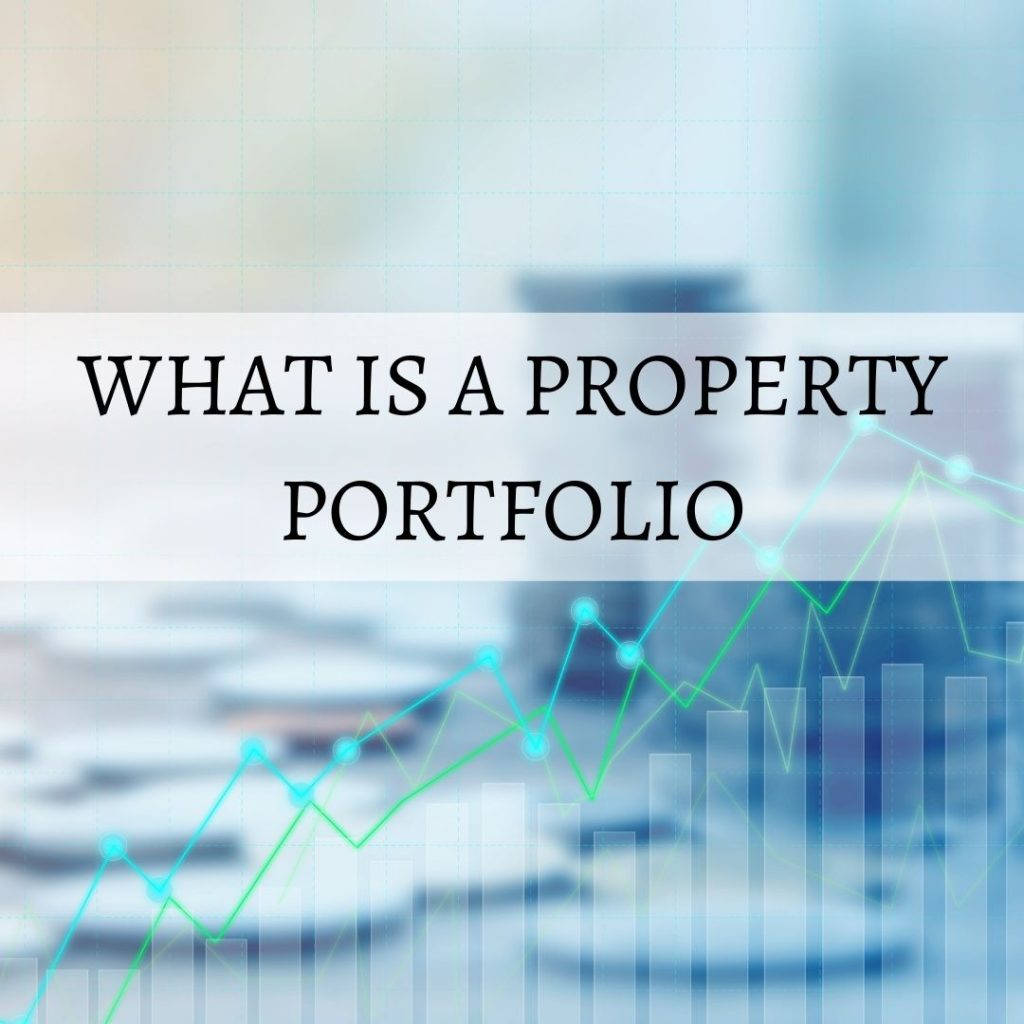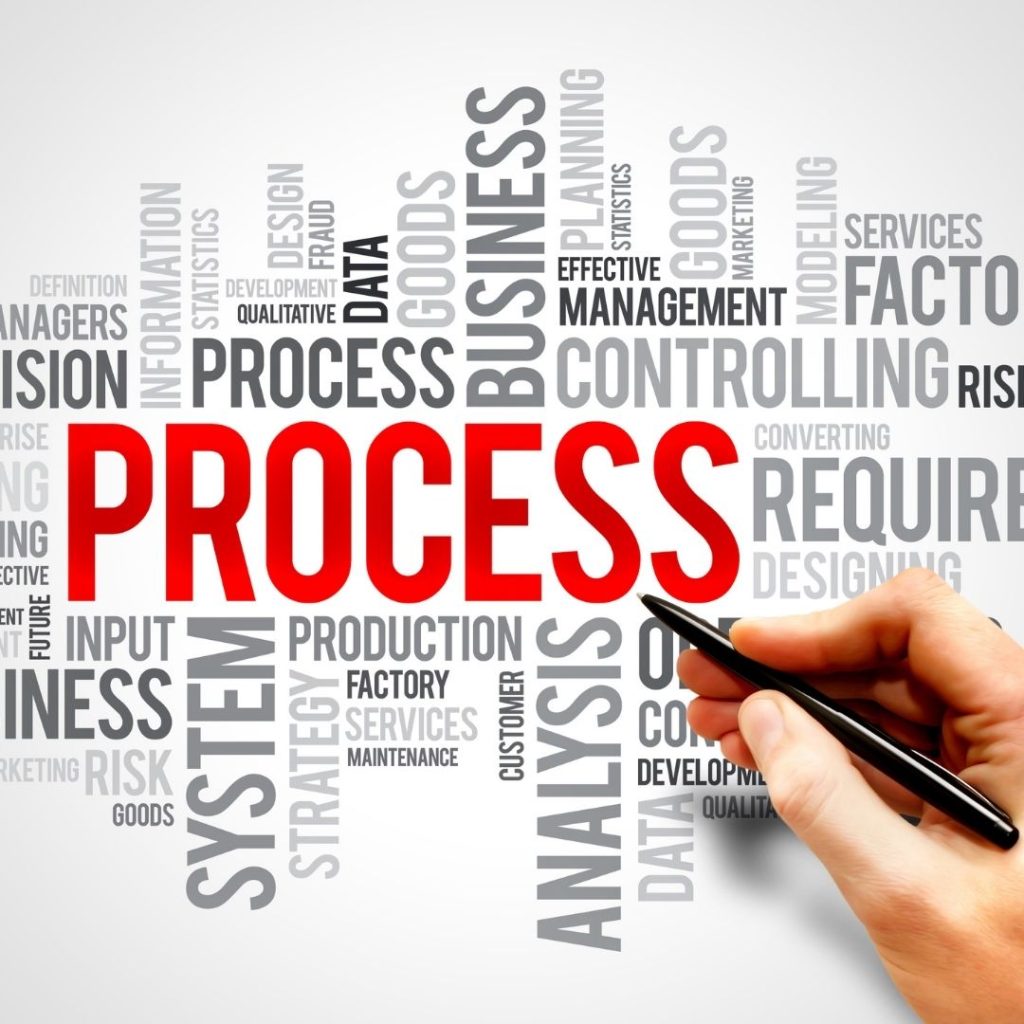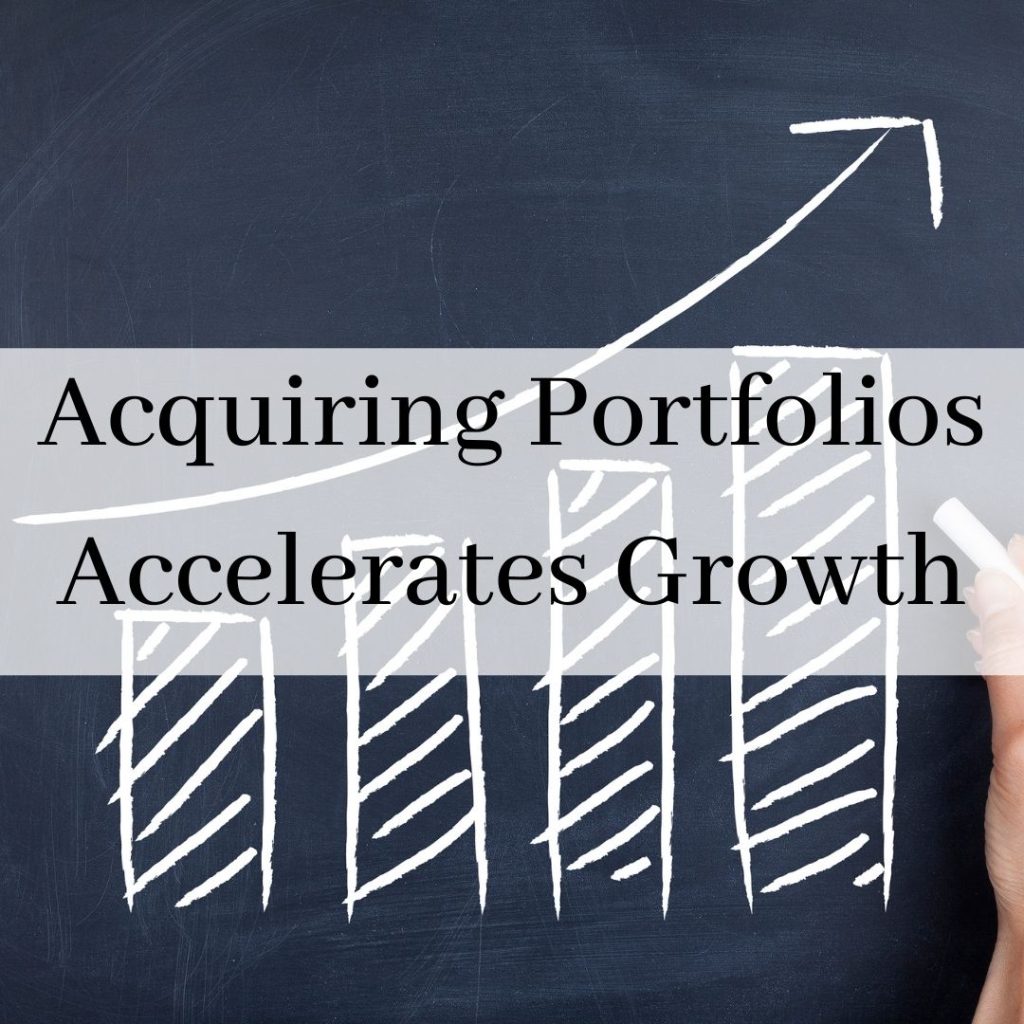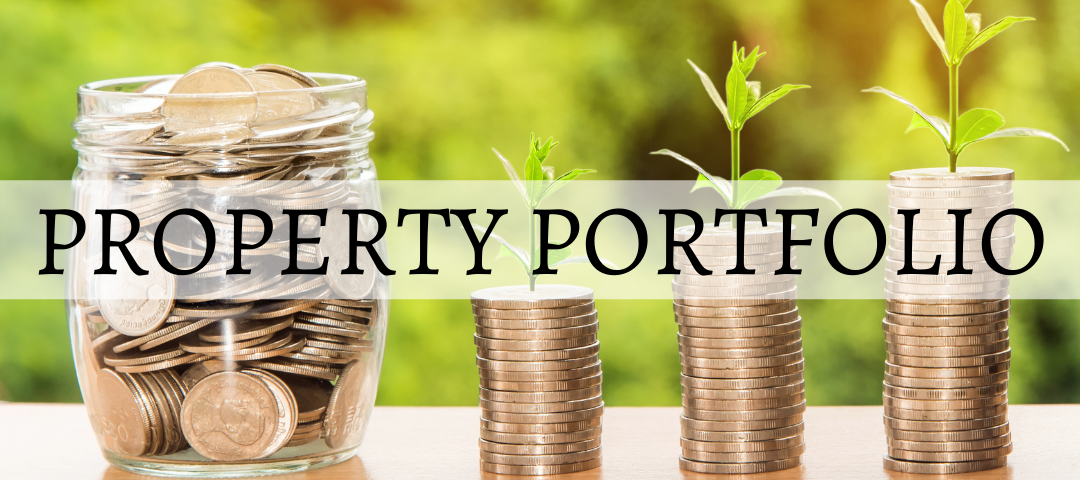How to buy a Property Portfolio?

What is a Real Estate Portfolio Loan?
February 8, 2022
How to Accumulate Property Fast?
February 10, 2022Investing in real estate is a lucrative business opportunity for many. The most beautiful part of it is there are many different niches to choose from when just getting started. An investor can decide to focus on single family rentals, or commercial spaces, or even self-storage. Often they decide to grow a portfolio of properties over time, by buying properties individually.
However, the aggressive real estate investor whose looking to scale quickly can opt to instead purchase a property portfolio. While buying a portfolio of real estate works very similar to buying any other property, there are certain nuances that even the savviest investor needs to look out for.
In this article, we will walk you through the process of buying a property portfolio, from start to finish. We’ll further outline the benefits as well as key items you’ll need to be prepared for when buying a portfolio.

What is a Property Portfolio?
A portfolio is a collection of real estate that is owned by a single person or entity. A portfolio can consist of commercial real estate, residential properties, mixed-use and even industrial sites. Furthermore, a real estate portfolio can be a combination of any of these. For example, a real estate investor can own a portfolio of laundromats and single family homes, or can own a portfolio of gas stations. The makeup of a portfolio will greatly depend on the personal preferences of the investor and their desired goals with the portfolio.
Another important note about portfolios is that they do not necessarily have to be located all within the same area. A portfolio can have assets spread out across a county, state, and even across the country. So long as they are all owned by the same person, it’s considered a portfolio.

The process of buying a Property Portfolio
1. Clarify Your Goals
The first key step in buying a property portfolio is to clarify your financial and long-term goals, as well as to define your niche. A niche is simply a specific area of asset type within the real estate market that you will focus on acquiring. If for example, your end goal is to hold a portfolio of assets that essentially run themselves, all you have to do is cash one large rental income check each month, then buying a portfolio of large multi-family apartments that are fully managed may be the best approach for you.
On the other hand, if you’re the head of a non-profit and you want to buy a portfolio that enables you to not only generate passive income but also contribute back to the community, and help those in need, you may be more interested in buying a portfolio of distressed single-family homes that your organization can go in, rehabilitate, and work with the homeowners to improve their financial situation.
Defining your goals is critical because it will make it easier to decide which property portfolios you should immediately pass on, and which to invest the time, effort, and energy to fully vet and review. Once your goals are clear it will also make it much easier to communicate with your team and with the seller of the portfolio, and increase their own incentive to work with you.
2. Choose an Agent
The next step in buying a property portfolio is to find a real estate agent, specifically a commercial broker who has experience in purchasing real estate portfolios. Buying a portfolio is a very complicated process that requires a mountain of paperwork, contracts, and disclosures. Attempting to do it all on your own would be an incredible waste of time and energy.
When selecting an agent, also make sure to choose one with the right relationships in the market or markets where you are hoping to buy. The reason for this is most portfolio owners have existing relationships with local real estate agents or brokers. It’s how they were in fact able to build the portfolio after all. And by introducing yourself too them and explaining your goals, you very well may be able to acquire a portfolio that is not currently on the market or listed.
3. Find a Portfolio
Referring back to your goals, the next step in the process of buying a portfolio is finding the one that is ideal for your needs and desired outcomes. Even if your real estate broker is searching for deals offline, there are numerous online sources and websites that you can use in order to shop for real estate property profiles, such as Loopnet.com, Fundrise.com, or Roofstock.com. These are example websites that specialize in presenting investors from all over the country different real estate opportunities whether it be a single asset sale or a portfolio of assets for sale. Loopnet.com is especially popular as this is the main site commercial brokers use in order to advertise their listings.
As you look for a real estate portfolio, take the time to carefully review and request as much financial information upfront. Ask the selling broker for an offering memorandum, which is a document that outlines all the key financial and operational information on a property or properties. This will help you to perform your own due diligence before making an offer.
When reviewing potential portfolios, also be sure to consider the following:
- The quality of the assets in the portfolio
- What type of real estate is being offered (office buildings, multifamily apartments, etc.)
- Age and condition of the assets
- Location of the assets
- How well each asset is performing financially
- The local real estate market surrounding each asset in the portfolio
As you carefully consider all these factors, make sure they align with the goals that you established and your reasoning behind acquiring a property portfolio in the first place. Taking this approach will ensure you don’t feel overwhelmed by the thousands of property portfolios available for sale, and are able to find one that works best for you.
4. Submit Letters of Intent
When pricing a portfolio you’ll want to take into consideration numerous factors. First, you’ll want to conduct a back of the envelope calculation, which will give you a rough idea of what the property is worth to you. In that calculation you’ll want to take into account the current cash flow, the amount of work, if any, required to bring the rents across the portfolio up to market rate, and the end value of the portfolio as a whole.
Once you’ve completed your initial calculation, you’ll then want to create a full financial model that maps out your full operating plan for the properties during your ownership. The model should take into account marketing costs to lease-up any vacant units, tenant improvements if there are commercial assets in the portfolio, estimated construction budgets, as well as all the individual expenses. Once all this information is in, the model should tell you what the cap rate and estimated return of the portfolio will be which can guide you to make the best pricing decision.
A letter of intent is a document that outlines the basic terms and conditions of your offer to purchase real estate. In order to save time on writing hundred full-length contracts, a single-paged letter of intent can provide the seller an outline of the key points that will be included in the final agreement such as the earnest money deposit, or initial funds that the buyer will put up once the contract is signed, the estimated closing date, the length of the due diligence period, the delineation of fees and how those are paid, as well as outlining when all contingencies on the sale will be removed.
If your letter of intent is accepted, your real estate broker can then proceed to memorialize all of its items into a full purchase agreement, and you bring yourself one step closer to buying a property portfolio.
5. Apply for Financing.
When you’re looking to buy a single property, typically the first step in the process is to get pre-approved. However, that is not the case with a portfolio. The reason for this is that portfolios take so many different forms. Each one has its own unique set of financials, operating metrics, asset types, and standards that trying to provide a borrower a ‘pre-approval’ letter would not be an efficient use of time.
Therefore, once you have a signed agreement on a property, your very next step should be applying for financing from a qualified lender. Depending on the assets within the portfolio itself, a major bank should be able to provide assistance on providing you what is called a portfolio loan or a blanket mortgage. which is the name for a loan that finances the purchase of multiple real estate parcels.
After initially looking at the property, the offering memorandum, and the agreement, as well as your company’s business documents, tax returns, bank statements, and financial statements, a lender should be able to give you an informal response as to whether or not they will be willing and capable of doing the loan.
6. Conduct Your Due Diligence
Once you are under contract and your lender has said they are willing to finance your investment property portfolio, the next critical stage is conducting full due diligence. During this step, as a real estate investor you’ll want to examine the chain of title, existing encumbrances, work completed, cash flow statements, operating budgets, and individual tenant leases. You’ll want to also examine current ownership and entity documents; cash flow and profit and loss statements for each property in the portfolio signed property management agreement and any other documents related to the property and its operation. You’ll also be tasked with passing all these documents you receive from the seller and provide them to the lender as these will be needed for their loan underwriting, or vetting, of the property.
Additionally, you’ll also want to take the time to personally visit each property within the asset. This is where conducting due diligence can be most time-consuming, especially if a portfolio is spread out across the country. It, however, is not a step to be skipped. Walk each property with a licensed and certified inspector so that both of you can determine if the property needs any work or repair, to confirm the information and disclosures about the properties, as well as to get an idea of your potential future tenants.
Lastly, in the due diligence period, your lender will most likely need to get an appraisal done on each property within the portfolio. An appraisal is a process in real estate in which a third party, impartial individual, analyzes the worth of a residential, commercial, or industrial property to determine its real value. The appraiser, who creates the final evaluation report, thoroughly investigates and examines the condition of the property being evaluated as well as considers local real estate conditions using this data to reverse engineer what the value may be. This is by far the most critical aspect of the due diligence stage because the appraisal is ultimately what drives the loan amount that the lender is willing to extend to the real estate investor buying the portfolio and ultimately ensures that a lender is making a sound investment.
For example, if there is a portfolio of ten single-family homes that an investor is seeking to buy for $5 million, and it actually turns out that the ten homes are more run-down than they initially looked and are collectively worth only $2 million, then by doing the appraisal the lender saves themselves from making a $3 million mistake.
6. Close on the Property
If everything about the portfolio of properties meets your standards, and the lender confirms that they will be able to provide the financing then the last and final step is to close on the property.
This is the time where you’ll want create a legal business entity that will being taking title to the property, if you already don’t have one.
A limited liability company (LLC) or a corporation are excellent business structures that allow you as an individual real estate investor to protect yourself from being held personally responsible or liable for the debts and liabilities of the company, and also for the business to protect itself from being held personally liable for the debts and liabilities of the individual company owners.
Additionally, having a legal business entity like an LLC or corporation is often a requirement for most portfolio lenders, as it avoids certain financial regulations from being triggered. Taking the time to create on to take ownership of the portfolio prior to closing is critical.

Why buy a Property Portfolio?
While there are many similarities between buying a single real estate asset versus a portfolio of properties, there are in fact certain benefits that come with the latter. These include:
- Access to the best financing: When buying a property portfolio you are able to gain access to some of the best rates available in the market. Whereas a real estate investor trying to secure financing for his next flip property may be charged 10 – 20 % in interest, loans for a property portfolio often range in the 3 – 6 percent range due to the massive size of the real estate assets involved.
- Diversifies Your Holdings. Buying a property portfolio enables you to immediately diversify your holdings and take advantage of different markets. Let’s say for example you purchase a portfolio of single family homes all across the country, instantly your portfolio now includes properties that will be positively affected by the rate of appreciation in high-cost areas like New York and California, and at the same time, can benefit from the consistency and stable income received from homes in states where there are no rent control laws.
- Hedge Against Economic Fluctuations. Along the same lines, an investment property portfolio provides an excellent hedge against ups and downs in the economy, or even in a local real estate market. For example, if an investor held a portfolio that consisted of five retail restaurants, two grocery stores and a 10 unit apartment building, during the government-mandated closures, only five out of 17 of his assets would be directly negatively impacted. And, as was the case for many grocery stores and landlords, his rents on the other two types of assets in that portfolio might actually be able to increase their rent due to greater demand in the market.
Important Considerations
While there are many benefits for a real estate investor to purchase a real estate portfolio, there are also a few things that are important to consider before doing so.
The first is hiring proper management for a portfolio is also critical, especially if the assets are not within the same close geographical area. Additionally, there is a lot of paperwork that will be involved, and as a real estate investor, it will be critical to make sure you keep all documents related to the deal well organized so that you don’t miss deadlines.
Lastly, buying a real estate portfolio will be expensive. While the pricing will of course depend on the value of the assets within the portfolio, on average you can expect to spend into the millions when it comes to buying a group of assets. You can also expect to pay a premium for purchasing a real estate portfolio as opposed to purchasing each property within the asset group individually. This is because the sellers of the portfolio are looking to profit from their time spent creating it.

Acquiring Portfolios Accelerates Growth
For those looking to grow rapidly in real estate investing, buying a portfolio of properties is the best solution. It gives you instant access to a collection of real estate assets that enable you to diversify your investments, whether economic storms, and generate a predictable cash flow. For any questions on finding the right financing for a portfolio, please give me a call at 9177404325.
Mortgage Rates
DSCR Mortgage: 7.375%
Commercial Mortgage: 7.5%
Single family, Condo Investment Property: 7.375%
Portfolio of Residential Homes: 7.5%
Calculate Your Monthly Payment
Mortgage Information
Monthly Payment
Principal and Interest: $0
Total Monthly Payment: $0



